7 results in Exploration of Musculoskeletal Diseases
Latest
Sort by :
- Latest
- Most Viewed
- Most Downloaded
- Most Cited
Open Access
Original Article
Nonlinear modification to Hildebrand equation for accelerometry assessment of physical activity: improved accuracy for low activity levels
Laura A. Frey-Law ... Kathleen A. Sluka
Published: September 13, 2024 Explor Musculoskeletal Dis. 2024;2:408–422
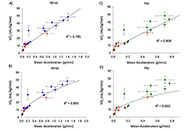
Open Access
Systematic Review
Role and effectiveness of surface EMG feedback in sports and orthopedic rehabilitation: a systematic review
Thomas Haab ... Paul Burkey
Published: September 12, 2024 Explor Musculoskeletal Dis. 2024;2:391–407
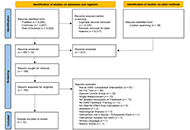
Open Access
Original Article
Successful implementation of interchange of biologic medications in chronic arthritis after information of costs to prescribers
Fernando Perez-Ruiz ... Amaya de Basagoiti-Gorordo
Published: September 10, 2024 Explor Musculoskeletal Dis. 2024;2:384–390
This article belongs to the special issue Biosimilars: State of the Art in the Treatment of Rheumatic Diseases
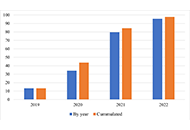
Open Access
Original Article
Prevalence and factors associated to calcium pyrophosphate arthritis in patients with gout
Fernando Perez-Ruiz ... Frédéric Lioté
Published: September 10, 2024 Explor Musculoskeletal Dis. 2024;2:375–383
This article belongs to the special issue Calcium Pyrophosphate Deposition Disease
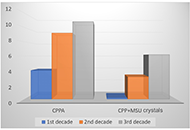
Open Access
Review
Safety and efficacy of gout treatments in people with renal impairment
Hamish Farquhar ... Lisa K. Stamp
Published: September 02, 2024 Explor Musculoskeletal Dis. 2024;2:360–374
This article belongs to the special issue Pharmacological and Non-Pharmacological Management of Gout

Open Access
Original Article
Experience in the application of the Graf technique in Beijing
Jingnan He ... Xuemin Lyu
Published: July 31, 2024 Explor Musculoskeletal Dis. 2024;2:353–359
This article belongs to the special issue Baby Hip Sonography Worldwide: Experience, Results, and Recommendations
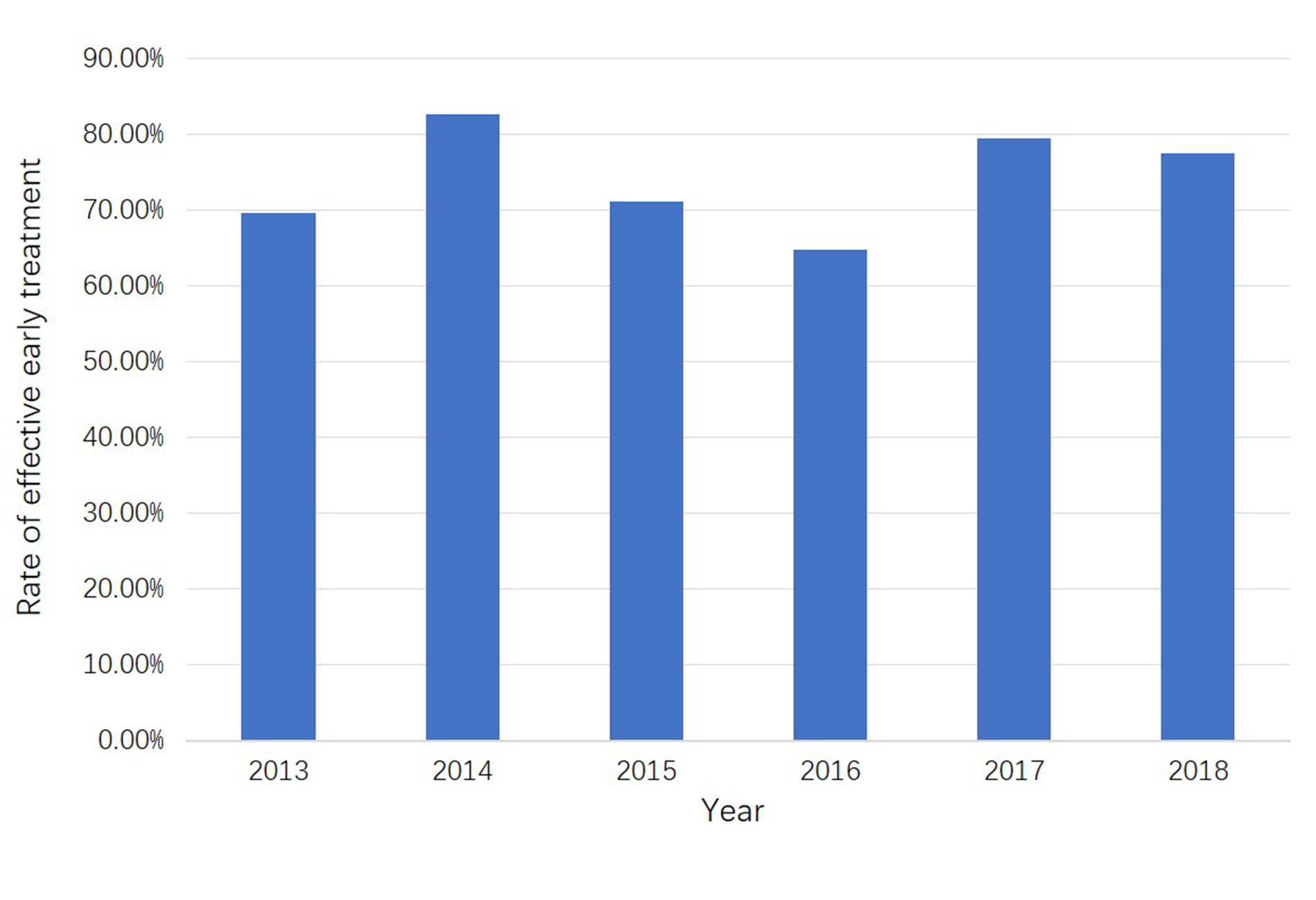
Open Access
Case Report
Ergonomic evaluation of assembly line work activity in the automotive industry: a case study
Raquel Ferreira Araruna de Carvalho, Márcio Alves Marçal
Published: July 30, 2024 Explor Musculoskeletal Dis. 2024;2:336–352
This article belongs to the special issue Prevalence and Risk Factors of Work-related Musculoskeletal Disorders
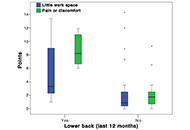
Journal Information